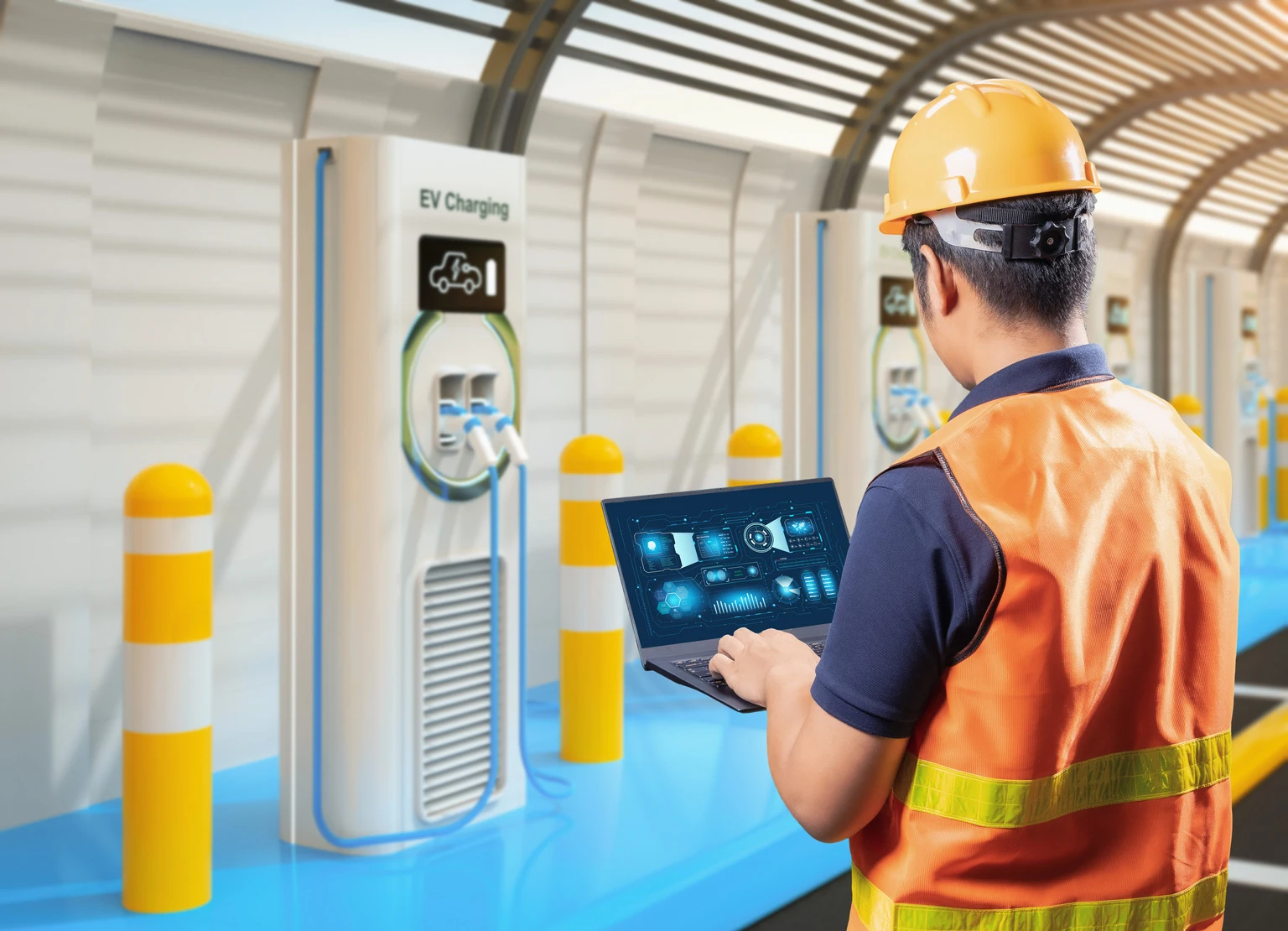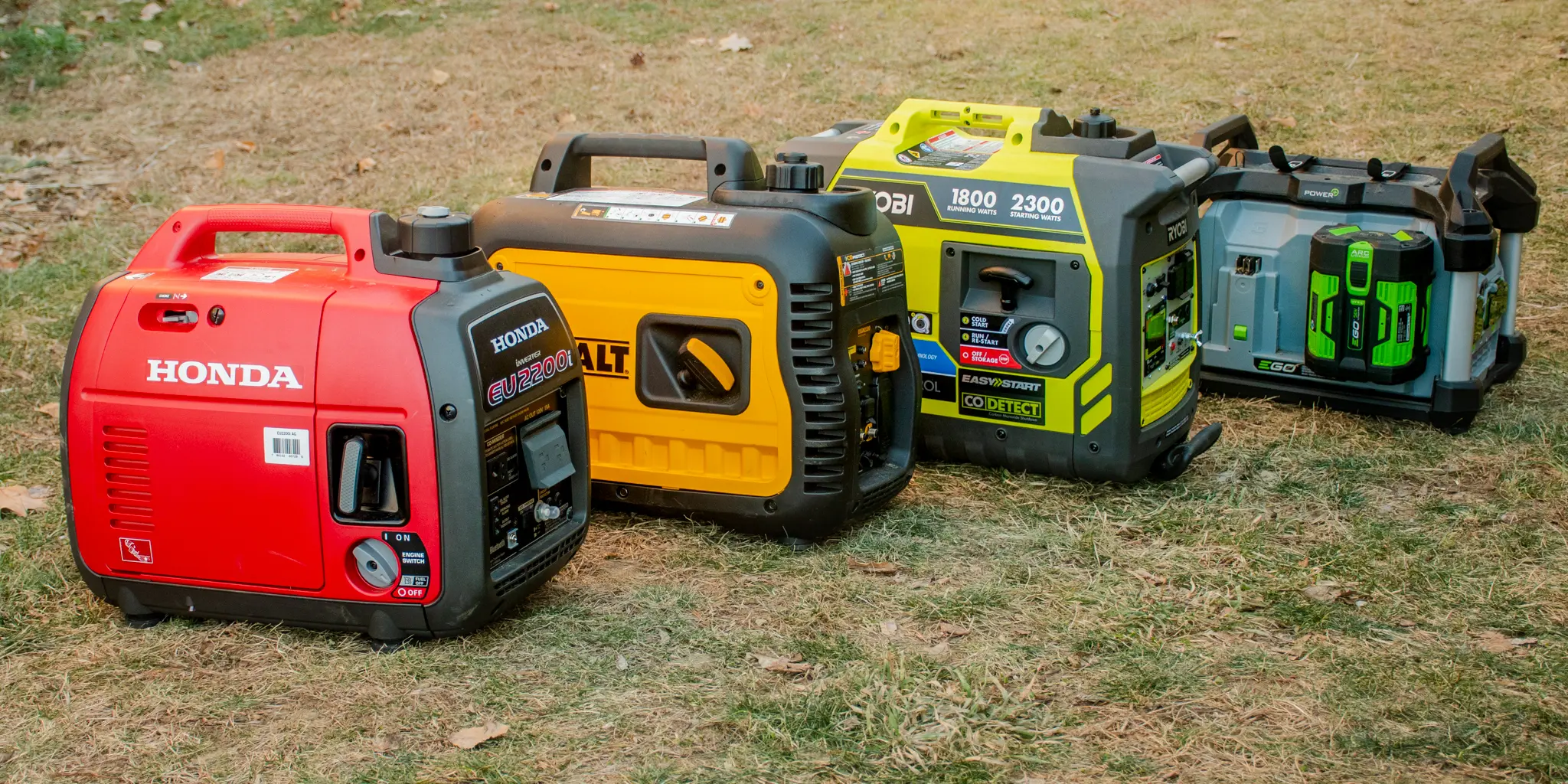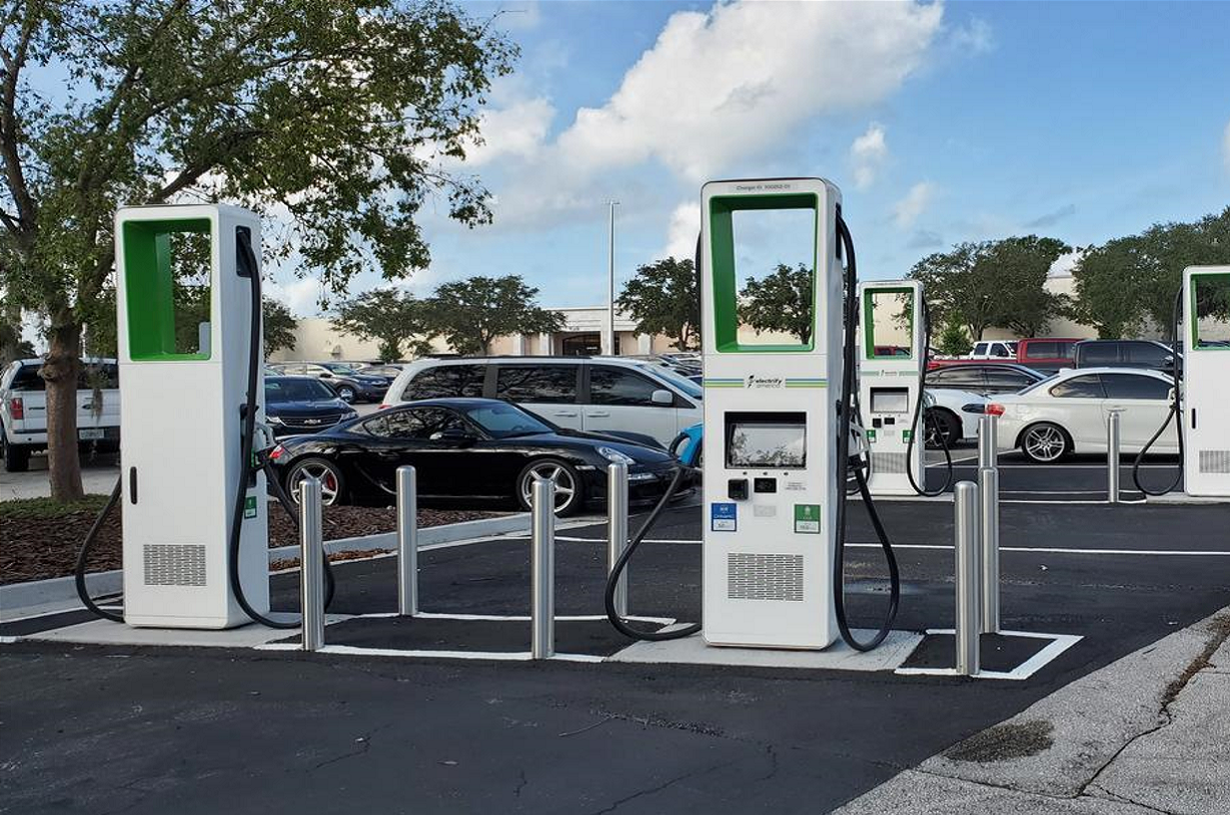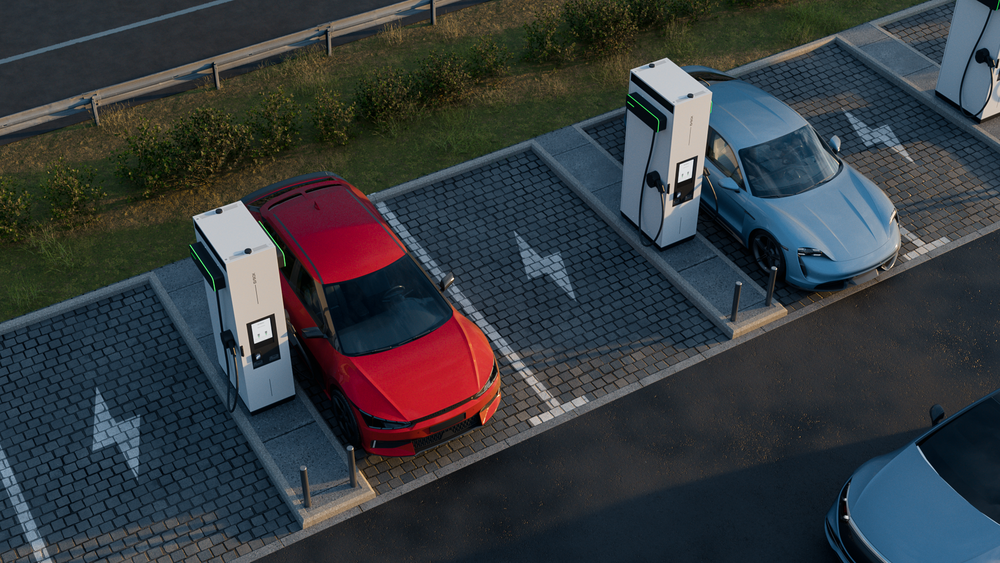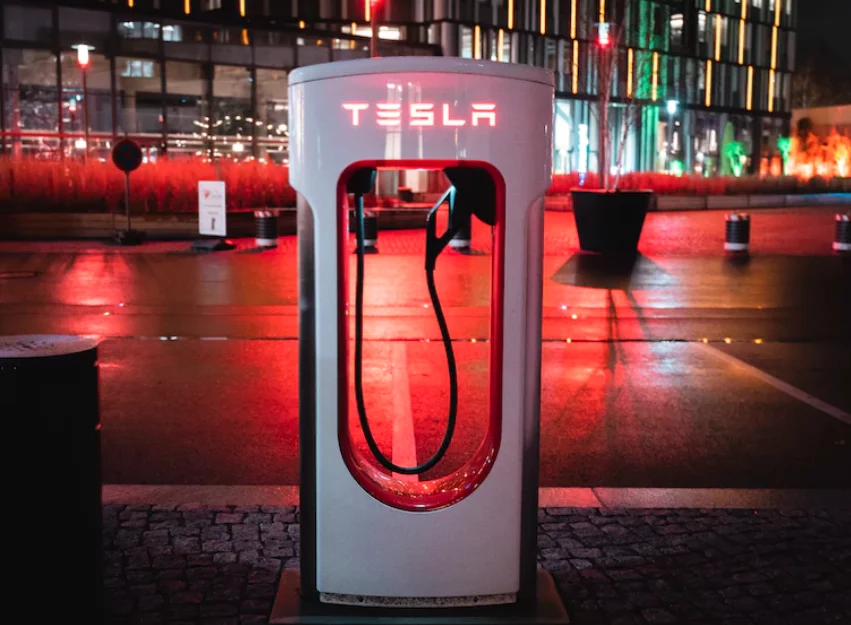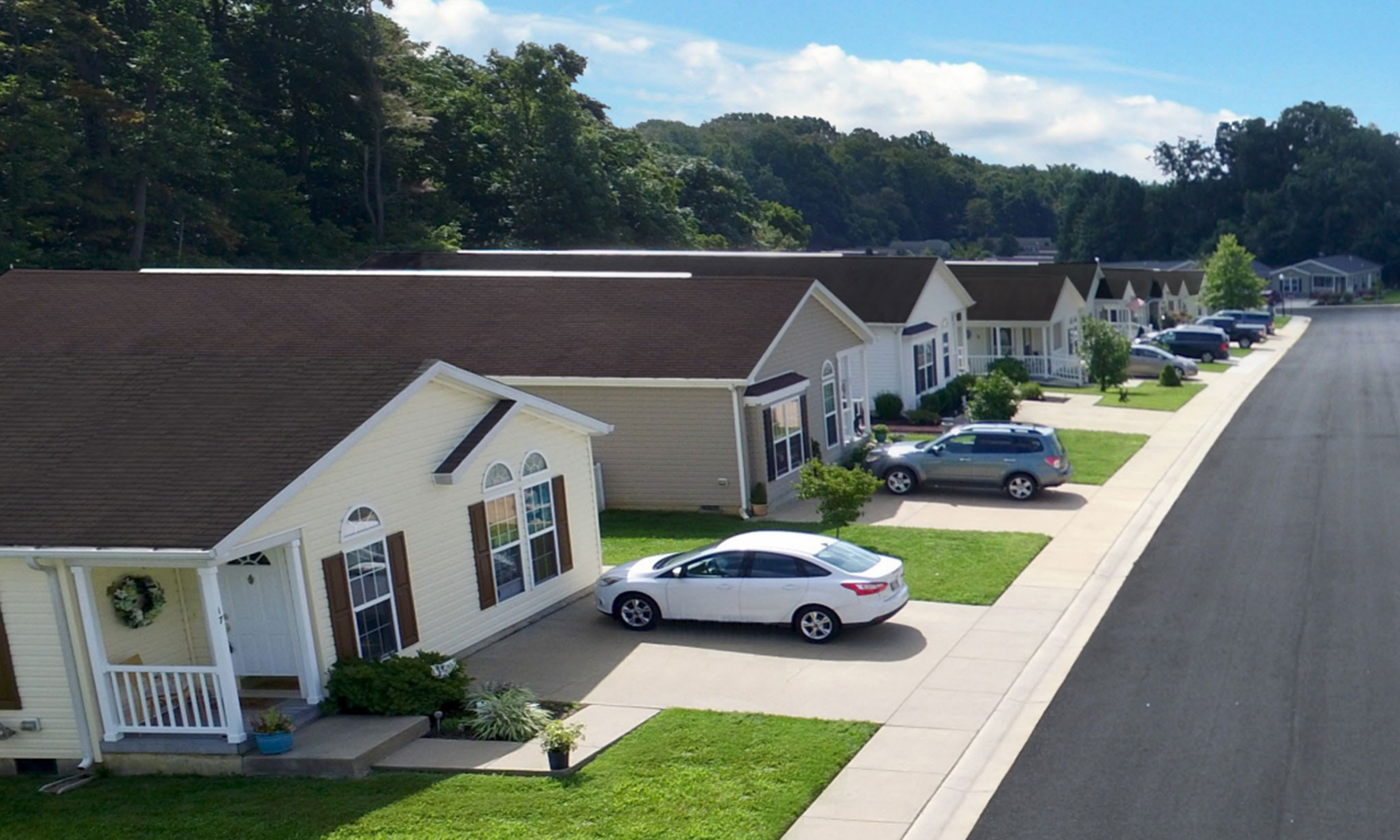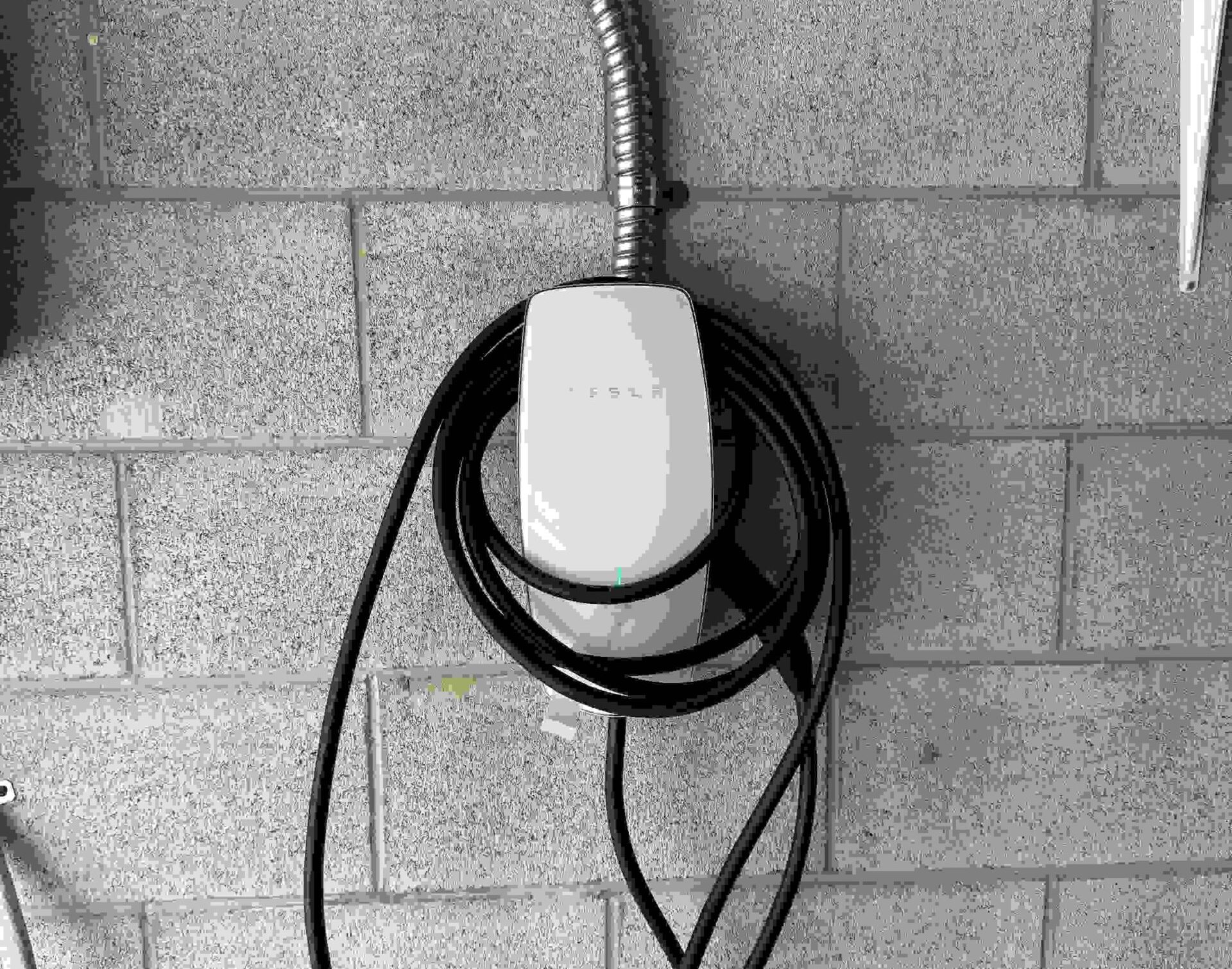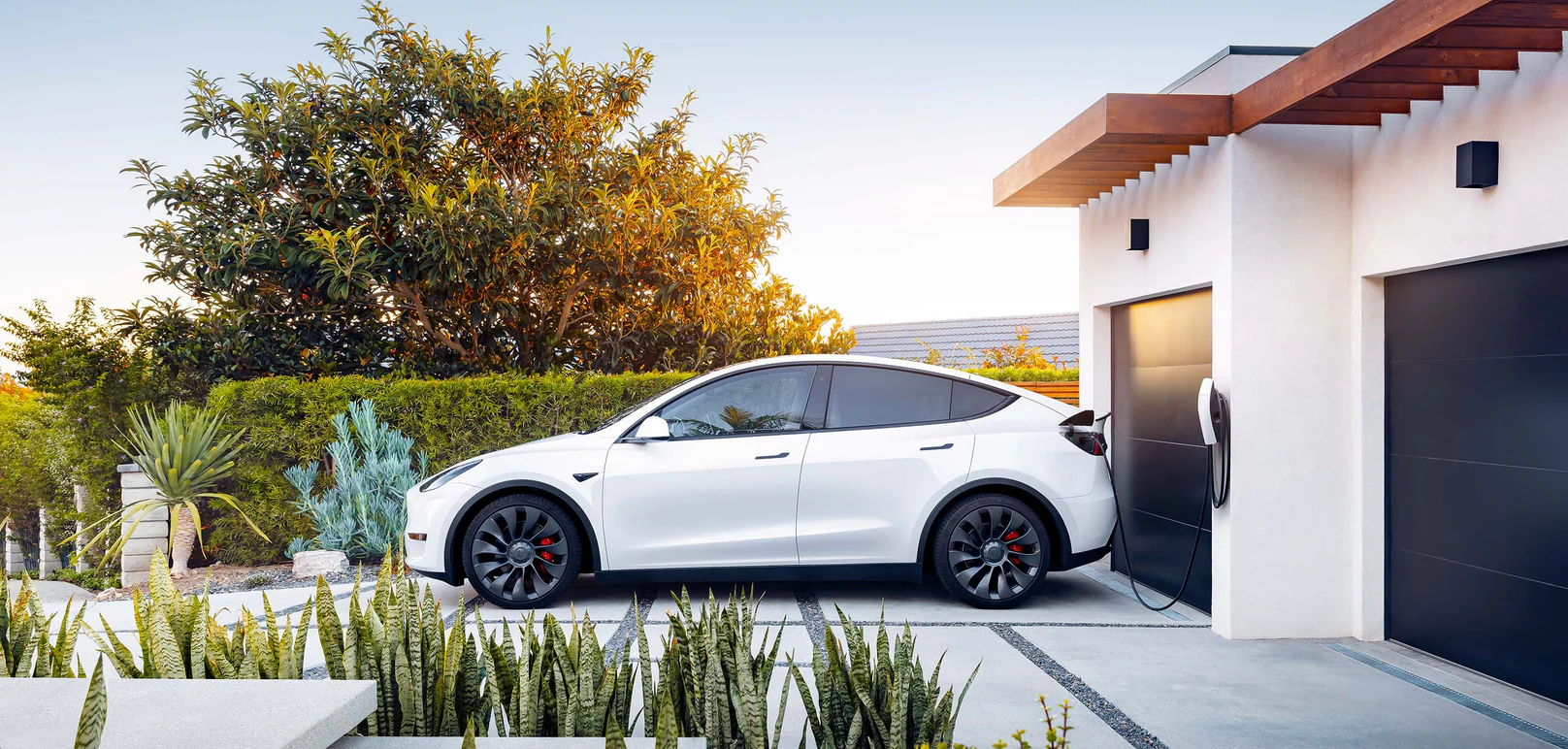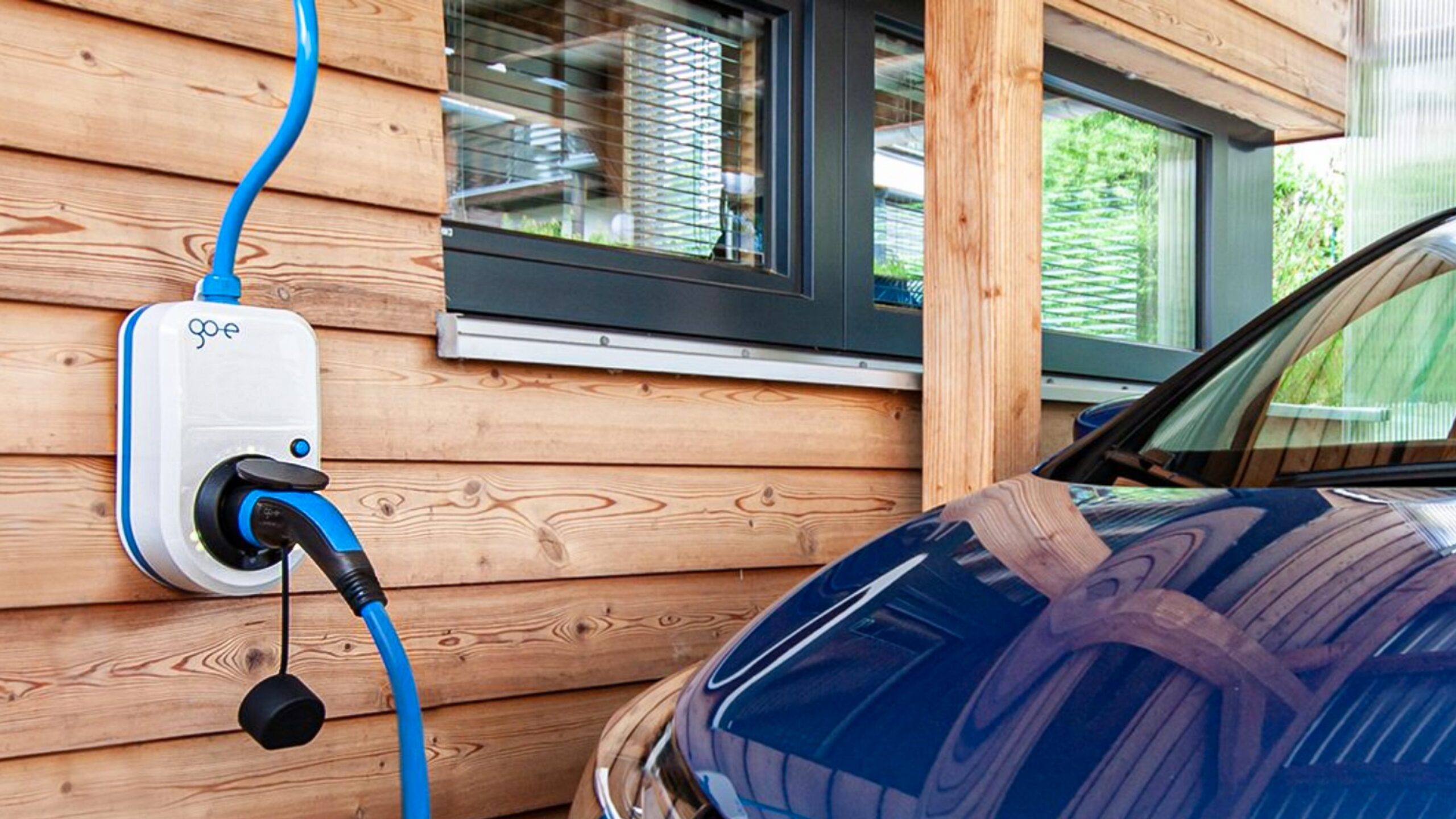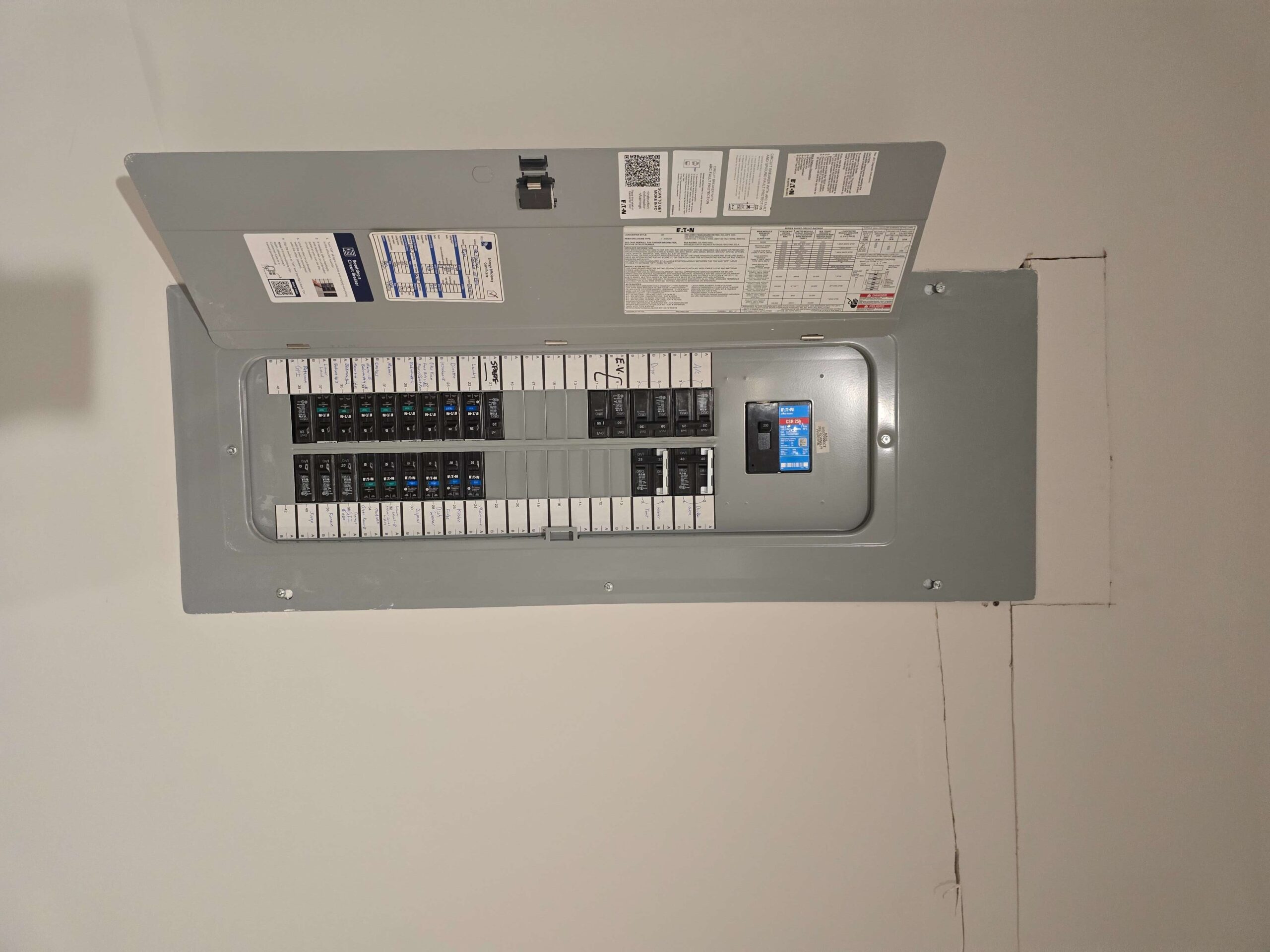
Congratulations! You’ve made the smart decision to invest in an electric vehicle (EV) and are now ready for the true convenience of home charging. You’re asking the exact right question: “Will my New Albany home’s existing electrical panel handle a Level 2 EV charger?” This question is, hands-down, the most important factor—and often the biggest roadblock—in your entire home charging journey. Jumping straight to install a level 2 charger at home without checking your capacity is like trying to run a marathon on a broken leg: you won’t get far, and you’ll likely cause serious damage.
As the leading residential and commercial electrician in Columbus, Ohio, and serving all surrounding areas like Powell, Dublin, and Gahanna, Electric Medic specializes in seamless EV charger integration. We’ve found that for many homes, especially those built before the year 2000, a complete service panel upgrade is not just recommended, but an absolute necessity for safe, fast, and compliant charging. This extensive guide will explore the technical details, local context, and precise process of performing a load calculation and determining if your home needs an electrical system overhaul to support the next generation of transportation.
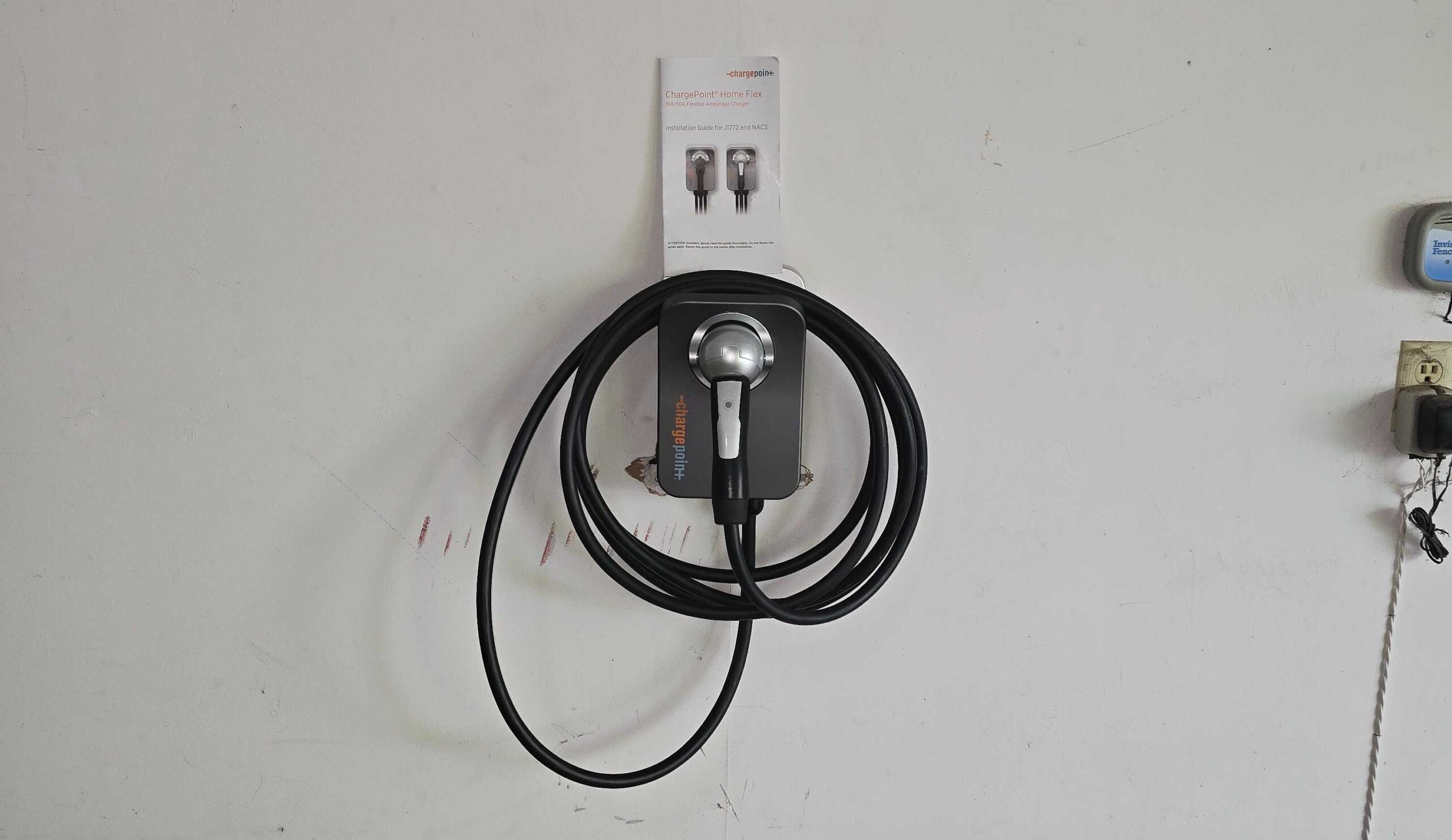
Why the Level 2 EV Charger Demands a Serious Look at Your Electrical System
The reason the question of a service panel upgrade is so critical comes down to physics and safety codes. A level 2 electric vehicle charger—whether it’s a Tesla Wall Connector or another brand—is not a standard appliance. It is a continuous load.
Understanding the Amperage Appetite of EV Charging
A standard Level 1 charger (using a regular 120V outlet) draws about 12 amps. This is easy for any home to handle. A level 2 home charger, however, operates on a 240V circuit and can draw between 32 and 80 amps, depending on the charger model and how it is wired.
- The 40-Amp Standard: A common mid-range level 2 charger installation pulls 32 continuous amps, requiring a dedicated 40-amp circuit breaker.
- The 48-Amp Max: To get the fastest speed from a unit like the Tesla Level 2 charger, you need a unit hardwired to a 60-amp circuit, which allows for a 48-amp continuous draw.
The Continuous Load Rule: Electrical code requires that continuous loads (any load operating for three hours or more, which includes all overnight charging) can only draw 80% of the circuit’s rated capacity. This is why a 48-amp charge rate requires a 60-amp circuit (60 amps×0.8=48 amps). This continuous high demand puts immense stress on your home’s entire electrical infrastructure, far exceeding the momentary demand of an oven or a dryer.
The Problem with the 100-Amp Panel in Central Ohio
Many homes built in Pataskala, older parts of Worthington, and even some earlier developments in Dublin were equipped with a 100-amp service panel. Back then, this was sufficient. Homes had fewer large appliances: no central air conditioning, no powerful electric heat, and certainly no thought of electric vehicle charger installation.
Today, that 100-amp panel is likely stretched thin, powering:
- Central Air Conditioning (30-40 amps)
- Electric Range/Oven (40-50 amps)
- Electric Clothes Dryer (30 amps)
- Water Heater (20-30 amps)
- Lights, TVs, Computers, and dedicated appliance circuits.
Adding a 40- or 60-amp circuit for an EV Level 2 charger installation to a full 100-amp panel is a recipe for disaster. The moment you run the AC, the oven, and charge your car simultaneously, your main breaker will trip, leaving your entire home dark and risking damage to the panel itself. This is why a service panel upgrade to a 200-amp service panel is the most common solution.
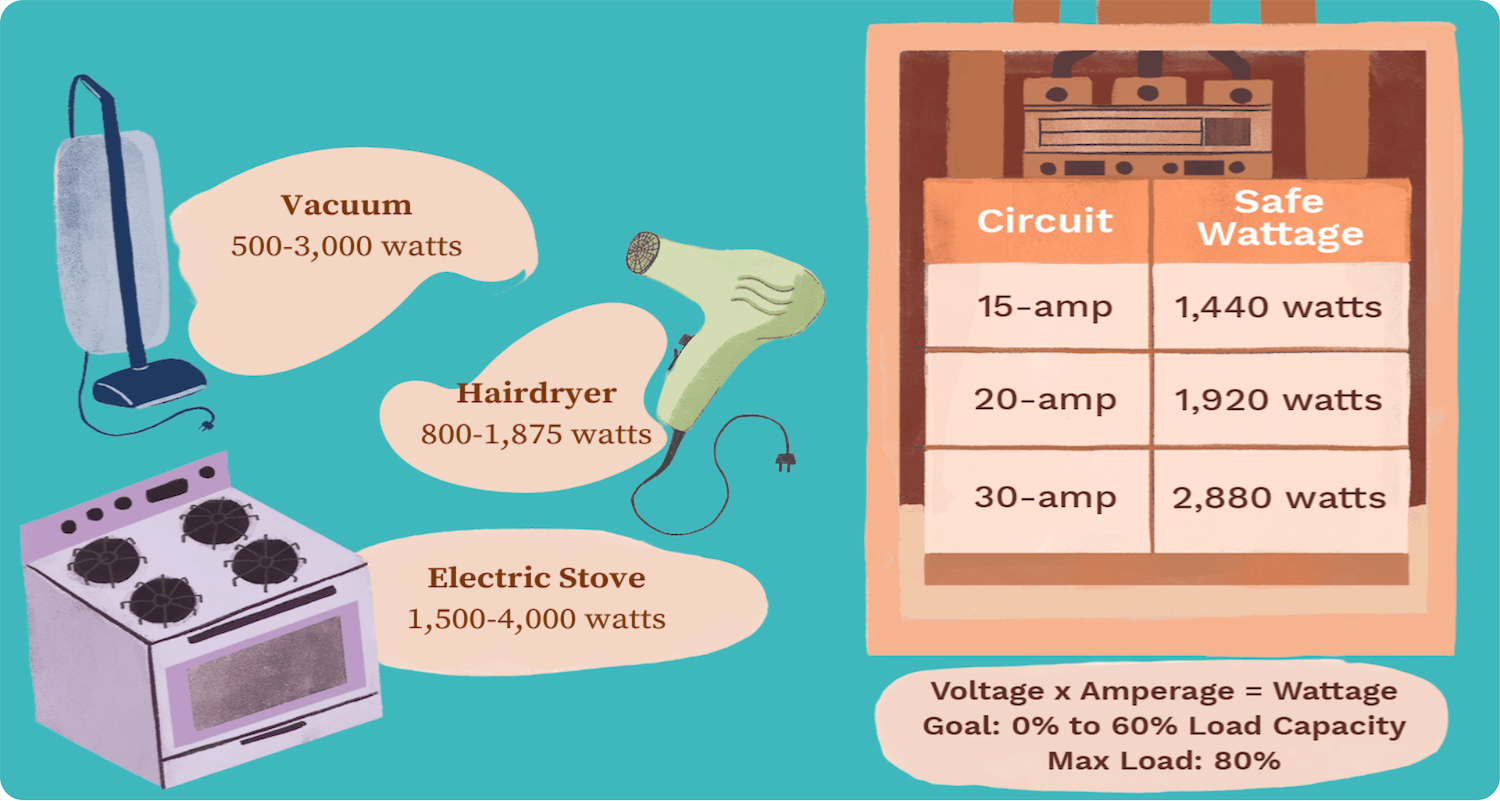
The Non-Negotiable Step: The Electrical Load Calculation
Before Electric Medic proceeds with any level 2 home charger installation in the Columbus area, a meticulous electrical load calculation must be performed. This is not guesswork; it’s a detailed, code-mandated calculation that determines precisely how much power your house needs and how much capacity is left.
How We Perform the Calculation (Simplified NEC Method)
We follow the National Electrical Code (NEC) guidelines to assess your home’s existing demand:
- General Lighting & Receptacles: A baseline demand is calculated based on the square footage of your home (e.g., 3 watts per square foot).
- Appliance Loads: We factor in full-rated amperage for large, fixed appliances:
- Electric range/oven.
- Clothes dryer.
- Water heater.
- Sump pump (critical in Central Ohio basements).
- HVAC Loads: We calculate the larger of the two systems: your Air Conditioning unit OR your Furnace/Heat Pump.
- The New Load: Finally, we add the full calculated continuous load of the new level 2 electric car charger (e.g., 48 amps).
If the sum of all these loads exceeds the main service panel’s rating (e.g., exceeds 100 amps), then a service panel upgrade is mandatory. Trying to skirt this calculation is an invitation for fire hazards and failed municipal inspections in Powell, Hilliard, or any other Columbus suburb.
The Consequences of an Insufficient Panel
- Tripping Breakers: The most immediate and annoying consequence. Your main breaker trips constantly, making charging unreliable.
- Overheating and Fire: An overloaded panel can lead to terminal overheating, melting wires, and eventual fire within the electrical box. This is a severe safety risk that homeowners must take seriously.
- Voided Insurance: If an electrical incident occurs and the cause is traced back to an improperly installed circuit or an overloaded panel, your home insurance provider may deny your claim.
- Failed Inspection: No licensed electrician who installs Tesla chargers professionally will install without the proper panel capacity, as the work will simply not pass local code inspection.
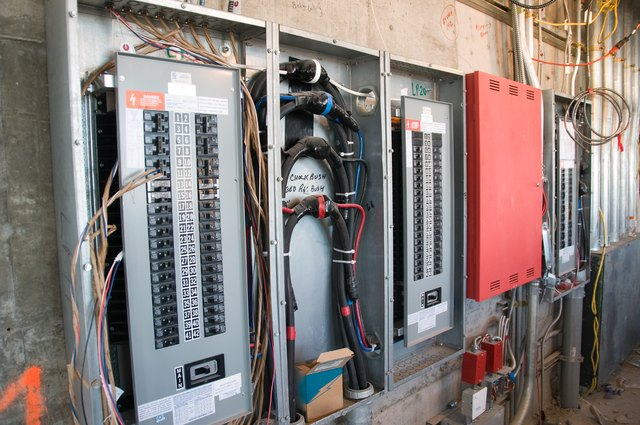
When a Service Panel Upgrade is Your Only Safe Path Forward
If the load calculation confirms your panel is inadequate, the path forward is a 200-amp service panel upgrade. This is a major home improvement project, but it’s one that future-proofs your home for the next 50 years.
Components of a Full-Service Panel Upgrade
A complete service upgrade involves replacing several key components:
- The Meter Base: The metal box outside your home where the utility power connects. This must be upgraded to handle 200 amps.
- The Service Entrance Cable/Conduit: The main wires running from the meter base to the main breaker inside the panel. These thick wires must be replaced.
- The Main Breaker Panel: Replacing the old 100-amp panel with a new 200-amp service panel. This new panel provides double the capacity, more breaker slots, and is built with modern safety features.
- The Grounding System: We install an updated, code-compliant grounding system, often involving two new ground rods driven into the earth, ensuring the safest path for excess electricity.
- Surge Protection: As part of the upgrade, we highly recommend installing a whole-home surge protector on the new panel. This provides a critical line of defense against lightning strikes and utility surges common in Central Ohio.
The Process: Coordination with AEP Ohio
A service panel upgrade is complex because it requires temporary interruption of power to your entire home, necessitating coordination with your utility provider, AEP Ohio.
- Permit and Scheduling: Electric Medic secures the permit and schedules the work day.
- Power Shut-Off: On the day of the upgrade, we coordinate with AEP Ohio to temporarily disconnect the power line (the “service drop”) to your house.
- Installation: We replace the meter base, service cable, and main panel.
- Inspection: The municipal inspector verifies the work.
- Power Restoration: AEP Ohio reconnects the service drop to the new meter base.
This process is highly specialized and is why you need a proven, reliable electrician for a level 2 charger installation and panel work in the Columbus area.
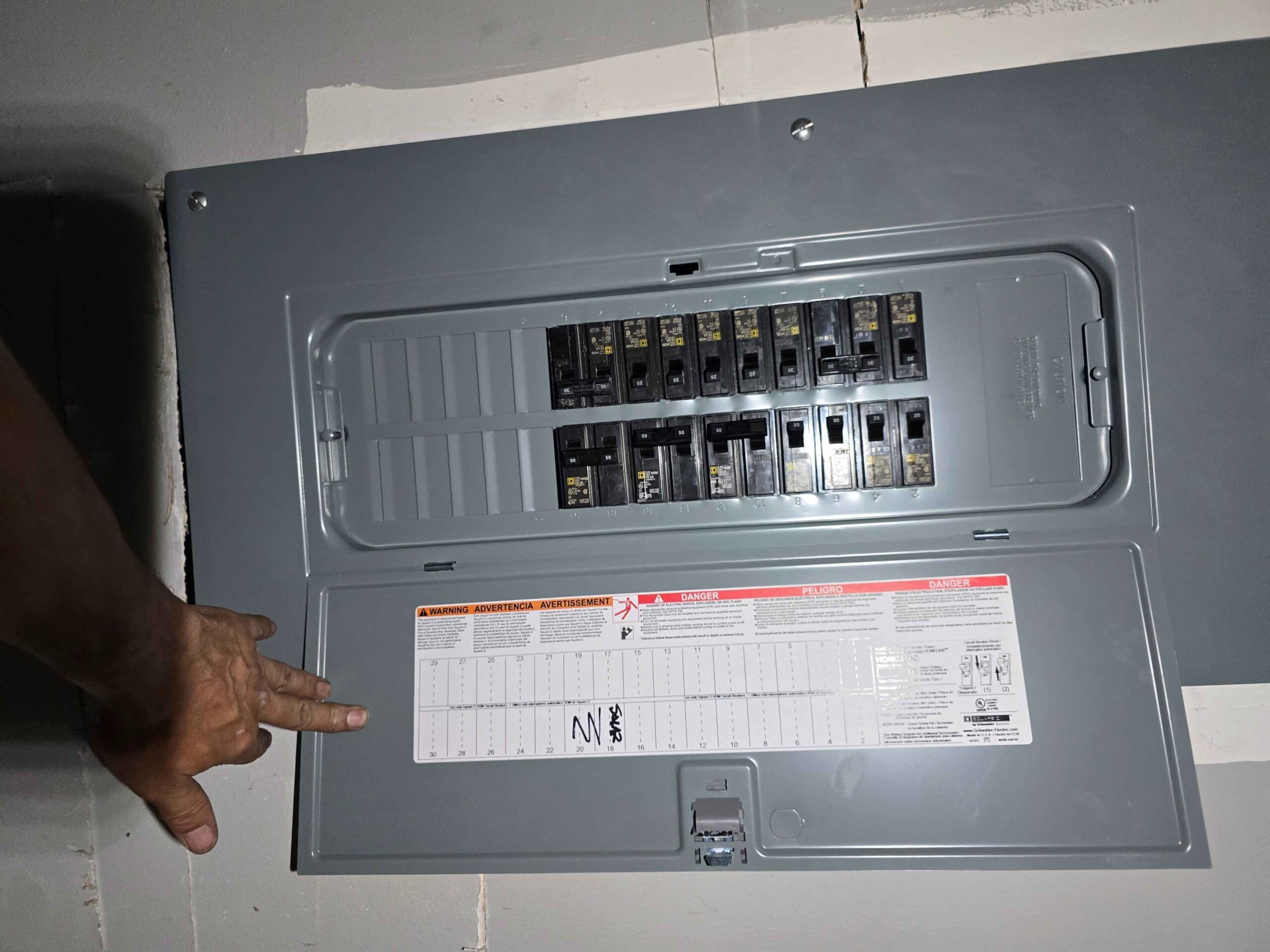
The Electric Medic Solution: Integrating the Level 2 EV Charger Seamlessly
Once the panel capacity is confirmed—either by a successful load calculation or after a necessary service panel upgrade—we move on to the final steps of your Level 2 car charger installation.
Dedicated Circuit Installation
We install the dedicated circuit for your level 2 charging station installation:
- Breaker: A new, high-quality 40-amp or 60-amp double-pole breaker is installed in your now ample panel space.
- Wire Run: We run the appropriate gauge copper wire (thick 8- or 6-gauge) through protective conduit from the panel to the desired charger location in your Dublin, Powell, or Hilliard garage.
- Charger Installation: The level 2 home charger unit is securely mounted and hardwired directly to the circuit. For the Tesla Wall Connector installation across the Columbus, OH area, we ensure the unit is configured for maximum speed and efficiency.
Alternative Solution: Energy Management Systems (The Middle Ground)
What if you have a 150-amp panel and the load calculation shows you’re just slightly over capacity, but you want to avoid a full service panel upgrade?
In some cases, we can install a Load Management System (LMS), which is sometimes called a “Demand-Side Management” system.
- How it Works: The LMS is a small device installed on the EV charger circuit. It constantly monitors the current draw of your home’s entire electrical service.
- Prevention: If your main panel approaches its maximum capacity (e.g., you turn on the AC and the oven), the LMS temporarily tells the level 2 electric car charger to pause or slow down the charging rate.
- Convenience: When the peak demand passes, the LMS automatically resumes full-speed charging. This allows you to safely install the charger without a full service replacement, provided your capacity is only marginally insufficient.
This option is less expensive than a full-service panel upgrade and can be a great solution for many homes in the Columbus suburbs.
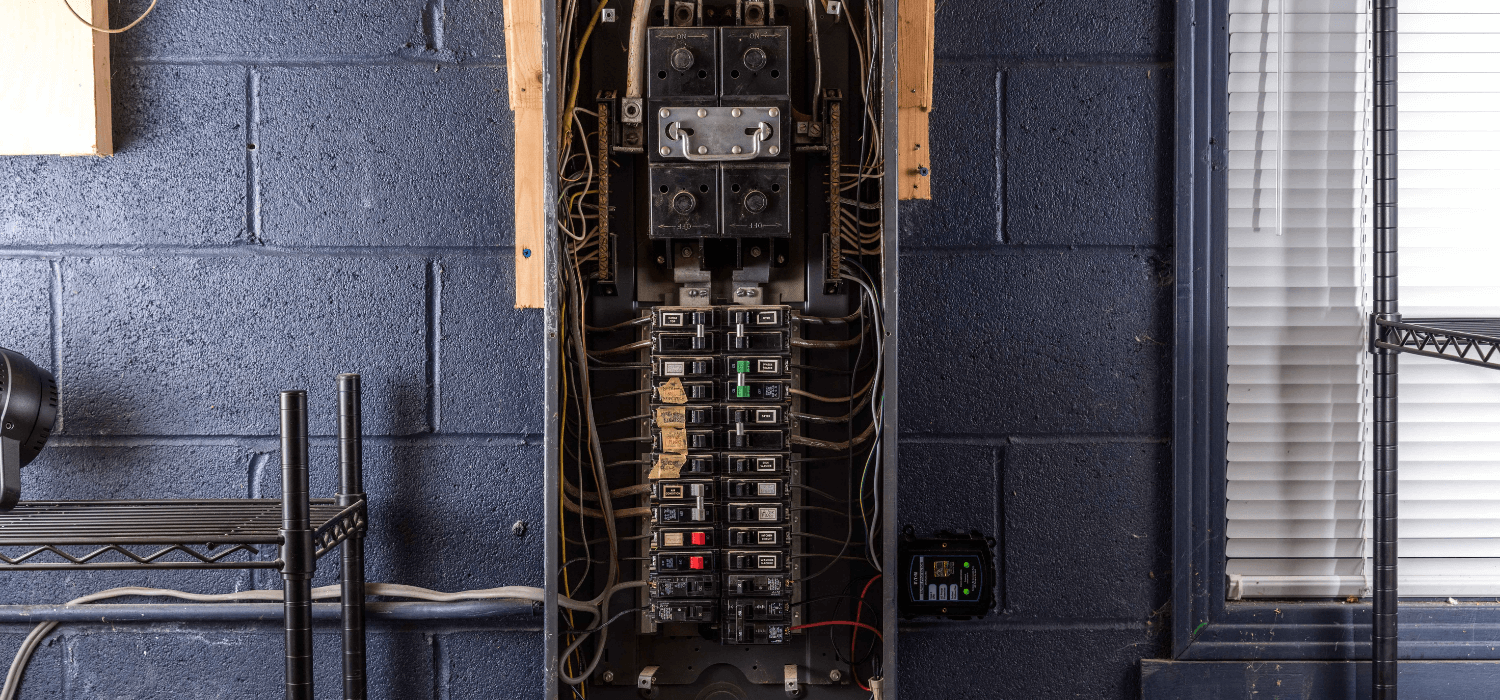
Addressing Local Concerns and Myths About Electrical Upgrades
Myth #1: “My neighbor in Worthington plugged his Tesla Level 2 charger into his dryer outlet, so I can, too.”
The Reality: Using an adapter to plug an electric vehicle charger into a dryer or range outlet is highly discouraged and often violates local codes. These circuits are usually rated for 30 or 40 amps, but the wiring and breaker are not designed for a continuous 3-hour-plus load at 80% capacity. It risks melting the plug, receptacle, and potentially the circuit wiring itself. A professional electrician is needed to install a Tesla charger, and the installation most time requires a dedicated, new circuit.
Myth #2: “I only need a sub-panel, not a full service panel upgrade.”
The Reality: A sub-panel only solves the problem of space inside your main box; it does not solve the problem of total capacity. If your main 100-amp service cannot handle the combined load of your house plus the new Level 2 EV charger, then adding a sub-panel will only spread the problem around. You must address the main incoming service capacity first.
Local Scenario: Newer Homes in Powell and Dublin
Homes built after 2005 in new developments in Powell or Dublin almost certainly came standard with a 200-amp service panel. For these homeowners, the level 2 car charger installation is typically straightforward: we check for available space, run the wire, and install the charger. The load calculation is still performed, but it rarely mandates a full upgrade.
Local Scenario: Historic Homes in Downtown Columbus/German Village
For historic homes, the situation is often worse. They may still have older, hazardous fuse boxes or ancient 60-amp service. For these properties, a service panel upgrade is mandatory not just for an EV, but for basic modern safety and insurance compliance. We specialize in upgrading these older systems while respecting the home’s historic integrity.
FAQs: Service Panel Upgrade and EV Charging
Q: How much does a full 200-amp service panel upgrade cost in the Columbus area?
A: The cost is highly variable but typically ranges from $3,000 to $6,000 for a complete upgrade, including permits, parts, and labor, and coordination with AEP Ohio. The price depends on the complexity of the meter base location and trenching requirements.
Q: Will I be without power during a service panel upgrade?
A: Yes, the power will be completely shut off, but only for a specific, scheduled window, usually 4 to 8 hours. We manage the schedule and communicate closely with you to ensure minimal disruption to your household.
Q: Do I need a service panel upgrade if I only charge my level 2 electric vehicle charger at a slow speed?
A: You might not. If you charge at a very low rate (e.g., 16 amps on a 20-amp circuit), the load is less significant. However, you pay for a fast charger and a dedicated installation; limiting your speed negates that investment. We always recommend setting up for maximum speed if your panel can handle it.
Q: What is the first sign that I need a service panel upgrade?
A: The most common sign is the main breaker tripping, especially when you turn on a major appliance (AC, oven, etc.). If you see rusted or charred components in your existing panel, or if you still have a fuse box, an upgrade is urgently needed, regardless of EV ownership.
Q: If I get a service panel upgrade, does that include a new sub-panel for the garage?
A: The main upgrade includes the primary panel. If the charger is far from the main panel, we may recommend installing a small sub-panel in the garage to make the wire run shorter and potentially cheaper, but this is a separate component cost.
Q: Should I look for an electrician for a level 2 charger or one who specializes in panel upgrades?
A: Look for a company like Electric Medic that specializes in both. Panel upgrades are complex, requiring advanced knowledge of utility codes, grounding systems, and municipal permitting—skills that general electricians may not possess.
Q: Does AEP Ohio offer rebates or incentives for a service panel upgrade?
A: Generally, no. Utility rebates are typically focused on efficiency (like heat pumps or insulation). However, the service panel upgrade cost is considered an essential component of the EV charger installation, which may, in turn, qualify for the federal tax credit (consult your tax advisor).
Q: My home is in Hilliard. Do the codes differ from New Albany?
A: All municipalities in the Columbus area enforce the National Electrical Code (NEC) as a baseline. However, individual city or county inspection departments may have specific local amendments or processes. Electric Medic is familiar with the specific requirements across all our service areas, from Hilliard to Pataskala.
Q: Can my new 200-amp service panel handle two EV chargers?
A: Yes. A 200-amp service is almost always sufficient for two Level 2 chargers, provided we install a load management system (LMS) to balance the demand when both are charging simultaneously.
Q: If I don’t upgrade my panel, is a level 2 charger installation near me still possible?
A: Possibly, but only at a very slow charge rate (e.g., 16 amps). We can configure the charger to pull less power, but this defeats the purpose of buying a fast charger. For maximum performance and safety, the service panel upgrade is the best long-term solution.
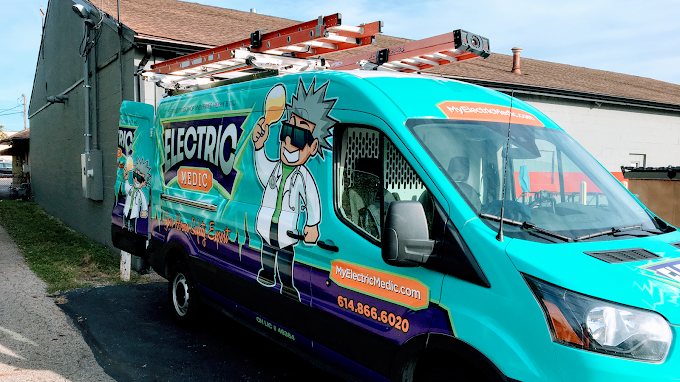
Powering Your Future: That’s All We Are About. Call (614) 866-6020
You didn’t buy an EV to spend hours waiting for a trickle charge. You bought it for convenience, speed, and efficiency. However, achieving that Level 2 dream requires starting with a strong foundation: your home’s electrical panel. Ignoring the need for a service panel upgrade is not an option; it’s a safety hazard and a barrier to full charging speed.
At Electric Medic, we believe in doing the job once, doing it right, and doing it safely. We are the trusted experts in 200-amp service panel upgrades and dedicated level 2 EV charger installations across Columbus, New Albany, Powell, Dublin, and all surrounding areas. We handle the load calculation, the AEP Ohio coordination, the permit process, and the installation of your final electric vehicle charger, delivering a seamless, code-compliant, and future-proof solution.
Ready to safely power your EV and secure your home’s electrical future? Don’t risk your investment or your family’s safety. Contact Electric Medic today to schedule your critical electrical load calculation and service panel assessment.

